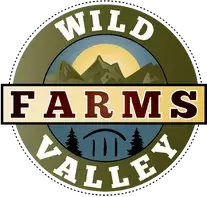|
Summer and gardening are inseparable whether you are enjoying your garden or produce from the garden is enhancing that day’s adventures. Summer memories are filled with sneaking grapes from the grape arbor, picking sugar snap peas or seeing who could fill their bucket full of berries first. One of the best memories is the anticipation of the melons. Each day searching for the melons under the big leaves, watching it grow and hoping that today is the day.
Also increasing the amino acids which are vital to protein synthesis and the producing of chlorophyll. Depending on your current soil nutrients once the flowers begin to form the plant will require higher levels of phosphorous and potassium. Phosphorous can help regulate the protein synthesis and energy transfer as the fruit matures. Potassium assists in the exchange of nutrients and water movement throughout the plant. Even with great care and providing a nutrient rich soil melons will provide a greater yield and increase flavor profile when active pollinators are present. Create an environment that will entice pollinators by planting a variety of herbs and flowers in concentrated areas near by. This will provide nectar, pollen and areas for nesting and attracting the pollinators to your garden.
As we provide the critical nutrients for our melons, they will soon become one of our favorite things to harvest in our gardens. The only difficult part will be deciding on which variety to choose. 3 that we recommend! Watermelons come in so many colors, shapes, and seed options that it can get overwhelming quickly. Sometimes starting with the old true and tested varieties is the way to begin. In the 1830s a variety nicknamed “Gypsy” made us all fall in love with watermelon. It has the traditional green and white stripes and is a long, large melon and can weigh up to 30 to 40lbs. This heirloom variety is called the Georgia Rattlesnake. This watermelon has a thicker rind and crisp sweet bright red flesh. When to Plant: after last frost Days to Maturity: 85-90 Fruit Weight: 30lb Mature Spread: 72-96in Cantaloupe is the perfect pairing to almost any summer event. The heirloom variety, Hearts of Gold provides beautiful 3lb round melons, with thin rinds and sweet orange flesh. This variety is not only known for its intense rich flavor but how early it ripens. Roland Morill out of Michigan created this new variety by crossing the Osage and Netted Gem melon varieties. When to Plant: after last frost Days to Maturity: 80-90 Fruit Weight: 3lb Mature Spread: 36 - 72in Armenian cucumbers are a melon and not a cucumber. They are also referred to as a snake melon or yard-long melon. They are slender with thin skin that can have color variations from dark to light green depending on the specific variety. The skin can be eaten, and the flesh is mild, crisp, and sweet. This melon is a versatile fruit as they are not only perfect for slicing fresh but can be added to both cold and hot recipes. These melons have been around a long time believed to come from the 15th century in Armenia. When to Plant: after last frost Days to Maturity: 70 Fruit Size: 24in Mature Spread: 48in
0 Comments
The ability to keep the benefit of water in the soil is its natural binding abilities. Water also has the natural ability to evaporate and leave the soil. To assist the soil in retaining the moisture needed the answers simplest solution is mulch. When adding a thick layer of natural mulch in and around the garden it not only absorbs water but reduces evaporation. Mulch has beneficial qualities that assist with supporting strong root growth by conserving moisture and regulating soil temperatures
When considering your layout, notice that plants require different water for optimal growth. Without taking this into consideration your watering schedule could leave some of your plants receiving more than they can use while others are depleted. Placing similar plants together can help you, focus on providing plants the perfect quantity needed. Placing herbs, spinach, and lettuces on a watering system that is less frequent. Where most of the cruciferous vegetables require a more frequent watering schedule will optimize your water consumption.
As gardener’s we understand the importance of preserving the earth and the responsibility to learn and use methods that safeguard the earth's resources. We can protect and use water with respect for the life that it creates. Understanding, that water is the very source in which we can create beauty in a way that enriches both the soil and one’s own soul. My Great Grandmother’s garden notebook was filled with flower sketches, garden layouts, and notes in the margins as she noticed through trial and error the relationship between plants as they grew side by side. Finding that different varieties thrive when planted together as they provide mutual benefits to each as they grow. As we explore this approach most known as companion planting, we will discover an increase in soil nutrients, see better yields, chase away pests, strengthen resilience against disease and attract pollinators. Remember that as always, the region in which you garden can influence the effectiveness of companion planting.
As we add companion planting into our layout, we can set our plants up to succeed knowing that corn, tomatoes, and rhubarb require more nitrogen. We can pair them with peas, beans, and clover which help fix the nitrogen levels in the soil. Another perfect partner for not only adding nutrients to your soil, but also absorbing water and decreasing nutrient run off, is using Wild Valley Farms Wool Pellets. This will help your garden grow stronger and more abundantly.
Planting varied sizes of plants together can also provide physical support and increase yield. Placing plants that thrive in partial sun and shorter in growth height, like lettuces and greens, will do great under taller plants such as peppers and tomatoes. Strong bushes can protect young bush beans and other plants from wind damage. When using companion planting for pest control there are three approaches. The first is planting to deter certain insects away from the area protecting the susceptible plants. The second is attracting and catching the insects and third is attracting friendly insects to the area to manage the issue for you. For example, aphids love gardens and if you want to deter aphids plant garlic and chives with your lettuce. Alyssum will attract hover flies and other beneficial insects that can assist in controlling your aphids from harming the greens in your garden.
Most diseases are of a fungal origin, making garlic and its high sulfur content a natural fungicide. Chives can help protect your rose bushes from black spot and even decrease scab in apple trees. The presence of pollinators is vital for your garden. Creating an inviting environment for bees, hummingbirds, and butterflies will add to the beauty and health of your whole garden. Providing plants like sunflowers, honeysuckle, and a butterfly bush will attract them to the area. A wide variety of crops including melons need pollinators to produce a healthy crop. By adding herbs like fennel and dill near your melons it will not only add to the flavor buy will increase your crop yield. As you experiment with companion planting and adjust the layout of your garden accordingly you will be amazed with the results. The relationship between two plants can easily form a successful ecosystem that supports each other and the complete garden. Whether your goal is to increase soil nutrients, see better yields, chase away pests, strengthen resilience against disease, or attract pollinators, companion planting can provide a balanced approach to your gardening needs. 1. Walk around your space noticing the light and different temperatures around your home. Start with the area that gets the most sun or indirect sunlight. 2. Depending on what area you choose to start research the best plants for the light density in that area. Do not be discouraged if you suddenly realize that your home is lacking sunlight. There are species and varieties that can survive in lower light conditions. 3. Start small this is one of the main differences between your outdoor and your indoor gardens. The magic of your indoor space will evolve over time as you fall in love with each new plant. We suggest starting with 2-3 plants. Starting small provides you the opportunity to not only succeed but to learn and grow with your plants. 4. Be smart! All plants have unique qualities that are beautiful and sometimes dangerous. Please be aware of which plants are toxic to animals and children. Here are some of our favorites: The Peperomia plant family is an amazing choice for first time indoor gardeners. They are small plants, and most varieties grow slowly and rarely grow over a foot in height. Making them perfect for desktops, windowsill, and rooms with limited space. This plant family has more than 1500 species that have been recorded. Creating a diverse collection of stem patterns, colors, leaf shapes, and textures that are spectacular to enhance any space. Caring for most Peperomia varieties is easy as they are very forgiving. They do enjoy bright indirect light but can adapt to lower light. They require less watering as you will need to only water them when the soil is dry. Peperomia are non-toxic to children and pets. As we start into the winter months think about adding a peperomia to your home because the winter is when their growing season starts. These next plants are not just for adding aesthetics to a space, but they have added health benefits. All plants, absorb carbon dioxide and release oxygen during photosynthesis. The small openings on the underside of the leaves are called stomata and they help regulate the speed of photosynthesis. The larger leaves provide more surface area producing more oxygen. These next three plants are no exception they have been a part of many scientific studies and the results have proven they are some of the highest producing oxygen plants. As we continue to go about our lives, we find ourselves indoors more than ever which has led to a greater need of providing fresh air. Products have been developed to help with creating fresh clean air. Although many of those products can be putting chemicals into the air that can be harming our health. There are a lot of plants that are not only helping to oxygenate the world, but they also can remove harmful chemicals from the air helping to purify our environment. Here are three of our favorites. Do not forget to click on the links for more information on the other plants. Areca Palm formaldehyde, xylene and toluene Snake Plant benzene, formaldehyde, xylene, and toluene Money Plant benzene, formaldehyde, xylene, and toluene
The number 1 issue with our indoor plants is over watering. The root system not only needs water but great porosity for increased oxygen to survive. When a plant becomes waterlogged the root cells will rot creating an optimal environment for fungal and bacterial infections to thrive. Here are a couple of ideas to help your plants flourish in your home.
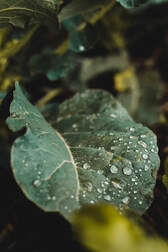 In the gardening world no character is more feared than Jack Frost. All of our hard work and efforts to grow a beautiful and enjoyable garden can in one cold night turn black. While all of us want to enjoy the cooler days of fall and bask in the glory of our harvest, the thought of Jack visiting keeps us up at night. Have we done everything in our power to protect our wonderful garden? A few years ago after slipping on a nice warm wool jacket in the fall. I thought to myself that I wish I had something warm to put around my plants. The next spring we were contacted by a hat maker, asking us if we could use some of their rejected hats for our wool pellet fertilizer. Upon receiving the first shipment we quickly realized that this wool had a different purpose. At Wild Valley Farms, we have long asked ourselves, “How can we apply wool’s protective qualities to frost above the soil?” With the help of a friend who was searching for a purpose for her unusable wool hats we found the perfect answer. Woolly’s Frost Guards were created to be the perfect warm wool jacket to protect our gardens when Jack Frost inevitably comes to visit.
Did you know? A kilogram of dry wool placed in an atmosphere of air saturated with moisture releases about the same amount of heat as that given off by an electric blanket running for eight hours. This is because wool is Hygroscopic. Hygroscopy is the phenomenon of attracting and holding water molecules via either absorption or adsorption from the surrounding environment, which is usually at normal or room temperature.
Thank you for reading!
Use code FROST for 15% off your next Wild Valley Farms order! “For man, Autumn is a time of harvest, of gathering together. For nature, it is a time of sowing, of scattering abroad.” - Edwin Van Teale Though it’s mid-summer, there is still plenty of time to start on a garden that’ll produce well into the fall. A majority of our Wild Valley Farms family are located in Utah, California, New York. So, we’ve put together a list of fall vegetables perfect for growing in these states and their surrounding areas! The lists for each of these states are consistent in that they all include Leafy Greens. The hardiest vegetables for California weather include onions, cabbage, kale, kohlrabi, brussels sprouts, spinach, turnips, radishes, and asparagus.
Thanks for reading! What are your favorite fall-time vegetables? Check out our products! https://www.wildvalleyfarms.com/super-compost-tea.html https://www.wildvalleyfarms.com/wool-pellets.html Wild Valley Farms has a growing community of friends in Northern California! Gardening in the heat can be tough! Are you frustrated with what to grow on the sunny west coast? Now (early July) is the perfect time to sow the seeds of those heat-loving vegetables. Tomatoes, peppers, eggplants, and cucumbers thrive in the heat. Think of all the delicious late-summer meals to be made with these vegetables. YUM! Below, we’ll highlight each of these vegetables, the qualities that make them perfect for this time of year, and some great summer recipes. Tomatoes Tomatoes require at least 6 hours of sunshine a day, this is great news for our California gardners! The more solar energy tomatoes receive, the more fruit they produce. However, excessive heat waves are damaging to the growth of this fruit. We suggest planting your tomatoes in an area that receives morning sun. Check out these gorgeous tomato recipes! We think that caprese salad looks so refreshing. https://www.eatwell101.com/summer-tomato-recipes Peppers Peppers do best in 70-90 degree weather, also needing 6-8 hours of sun per day! The best peppers for growing in hot environments are California Wonder and Keystone. In fact, California is responsible for nearly 40% of all USA bell peppers! How great do some steamy fajitas sound for a summer dinner party? https://www.cookingclassy.com/sheet-pan-chicken-fajitas/ Eggplants Eggplants are heat-resistant vegetables, perfect for harvesting in late-summer. They grow quickly, and need a sunny location with rich, well-draining soil. We recommend Globe Eggplants for your warm areas like California! So, any fans of Olive Garden’s Eggplant Parmesan? We’ve got you covered. ;) https://flavorite.net/copycat-olive-garden-eggplant-parmigiana/ Cucumbers Ideal temperatures for cucumbers are between 50-95 degrees. They thrive in full-sun and heat! If you’re looking for the best heat-resistant cucumber, try the Olympic or Thunder! Here’s another refreshing summer salad!
https://www.fivehearthome.com/tomato-cucumber-salad-with-olives-and-feta/ Thanks for reading! Readers in hot, sunny areas- what are your thoughts? Have you had success with any of these vegetables? Let us know! Check out our products! https://www.wildvalleyfarms.com/super-compost-tea.html https://www.wildvalleyfarms.com/wool-pellets.html It happened again. You watered and prepped your plants, put them in the sunniest spot, sent them good vibes, and still you returned home to shriveled carcasses of what once was. How do you set your plants up for success this summer? This is a highly searched question on the internet. Our answer? Wool Pellets! If you’ll be away for a short enough time that you don’t want to hire a plant-sitter, leave them with all-natural, eco-friendly Wool Pellets from Wild Valley Farms. Wool Pellets fertilize and are designed to hold in 20% of their weight in water, helping you to reduce watering of your indoor and outdoor plants! You’ll never come home to dead plants again.
Wild Valley Farms- Dedicated to helping you grow big, healthy plants- naturally.
I know what you are thinking.
CARDBOARD boat???? You can't be serious. Cardboard soaks up water -- you'd be nuts to make a BOAT out of cardboard!!! Well that is exactly what I thought too. But to participate in the Morgan County 4th of July Cardboard Boat Regatta, you have to make a boat out of cardboard. The other thing you can use is duct tape -- which we feel is the real secret to success. The more duct tape the better. (In fact sometimes I think the better name should be the Duct Tape Boat Regatta.) But before I tell you all the secrets, first I will tell you about how the whole thing got started. One thing you should know about The Compost King he that he is full of ideas. (Some of them are brilliant, and some of them are crazy ;)). He also is involved with the Morgan Area Chamber of Commerce. Four years ago, the chamber had a meeting and were trying to brainstorm ideas to improve the County's Fourth of July Celebration. The Compost King said, "I have a great idea that I think would be really fun and work well because of the river that runs right through the fairgrounds and park. I can tell you the idea, but I am so busy with other things right now, I cannot do anything to help make it happen."
They wanted to hear the idea.
"A cardboard boat regatta. The boats could be in the morning parade (thus adding to Morgan's Fourth Parade), and the boats could run the river in the hot afternoon. It would be fun for spectators and participants alike." Then he left the meeting. The people in the meeting loved the idea, and it took off like wildfire! Several people called him that first year and said, "You won't believe what you started with your idea!" Though I must admit, when he first told me about it, I thought he was crazy. The first year, most of the boats went down pretty fast (as in sunk underwater!), but there was one boat (the winning boat) that made it to the end all in one piece -- and with the riders still dry! So then we knew it was possible and everyone really seemed really excited to scale it up for the next year. That second year Wild Valley Farms entered it's first boats. We did two. A LARGE BARGE and a WOOL SKIFF. At first we looked it upon online and considered boat patterns and designs. But when we finally got down to it, we had to make do with the cardboard shapes that we had. And we just started covering everything in duct tape!!!
The WOOL SKIFF did so well that afterwards we put it on a shelf in the shed and saved it. This year the boys wanted to lengthen it (hoping to stabilize it better). So we added a little more cardboard and a lot more duct tape.
Then they hopped in.
Cardboard and duct tape. Down the river. Dodging boulders and low hanging tree branches. This event was fun to do and fun to watch.
This post has had little to do with gardening, but what I wanted you to learn from it is this:
1. Don't be afraid to speak up and plant a little seed of an idea (even if your wife thinks you are crazy), you never know what it might become. :) 2. Things that you think are impossible may be possible with enough duct tape. I hope that you had a fun and adventurous 4th of July. I hope you are finding a way to stay cool and that you are keeping all your plants hydrated and lush and enjoying the beautiful sunshine. Happy Gardening and Happy Fourth. I love this country. -The Compost Queen
https://fox13now.com/2019/07/04/dozens-take-part-in-annual-cardboard-boat-regatta/
via Wildvalleyfarms.comWarmer weather means spending more time outside which also means more gardening! There are so many different products that are needed to get your garden started. Lets talk about the two main products: compost and mulch. But just how much compost and mulch do you need for your yards? Do you know the difference between compost and mulch and also why they are needed? Lets get down to the nitty gritty and explain it all. CalculatingTo make it simple, here is a step by step on how to calculate how much your yard requires. First measure the area of you garden (Length x Width). Divide the area of you garden by 27 Finally, Divide your answer by 6 for 2 inch deep soil. Divide by 4 for 3 inch deep soil, or divide by 3 for 4 inch deep soil. What is Compost?What exactly is compost? Compost is a biologically active material that results in decomposition of organic matter under controlled circumstances! Compost is considered a conditioner, not a fertilizer because it can retain and make existing nutrients readily available for plants! Wild Valley Farms sells its on compost called Terra zest. Our premium organic and all natural Terra Zest is a special blend of manure, sawdust, and hygroscopic fiber (wool). We combine these products carefully to ensure your plants, lawn, trees or garden vegetables can get the full nutritional value needed for root development. Our premium Terra Zest will help your soil retain moisture and works as a slow release fertilizer that lasts all year long, (unlike chemical fertilizers that only last for a few weeks), and our Terra Zest won’t burn your lawn or plants. It is safe for use around children or pets immediately after use. Best part about our Terra Zest? It's all natural, organic and local! To learn more about Compost visit: |
Archives
May 2024
Categories
All
|

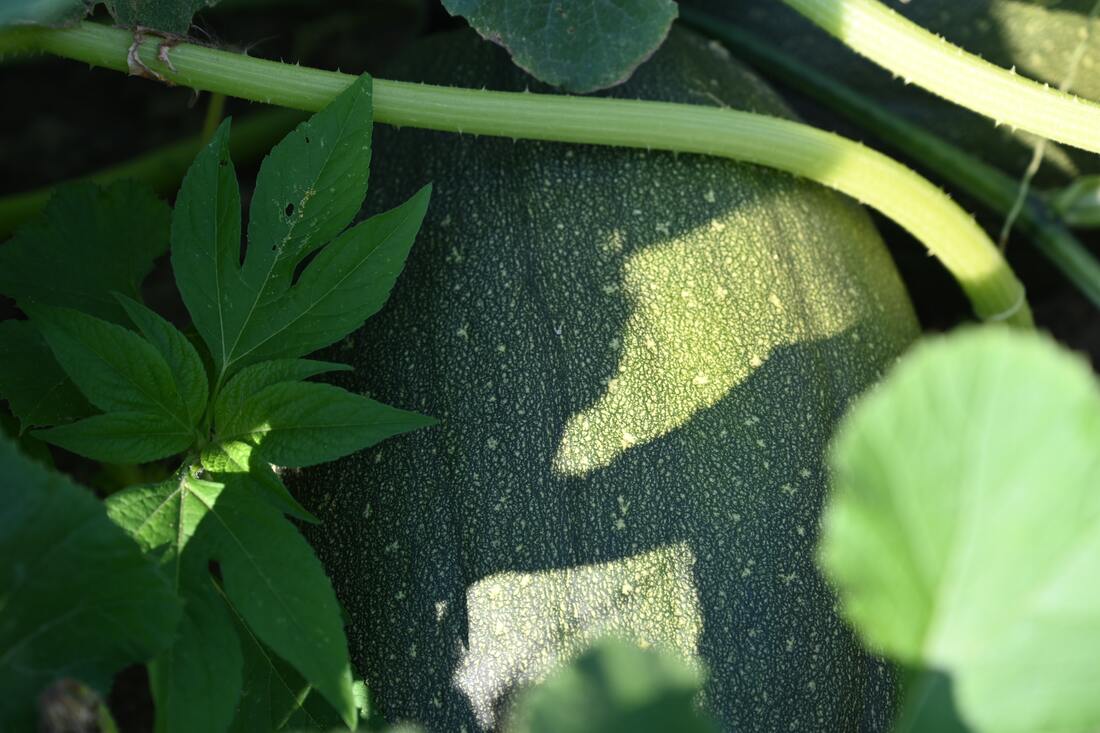

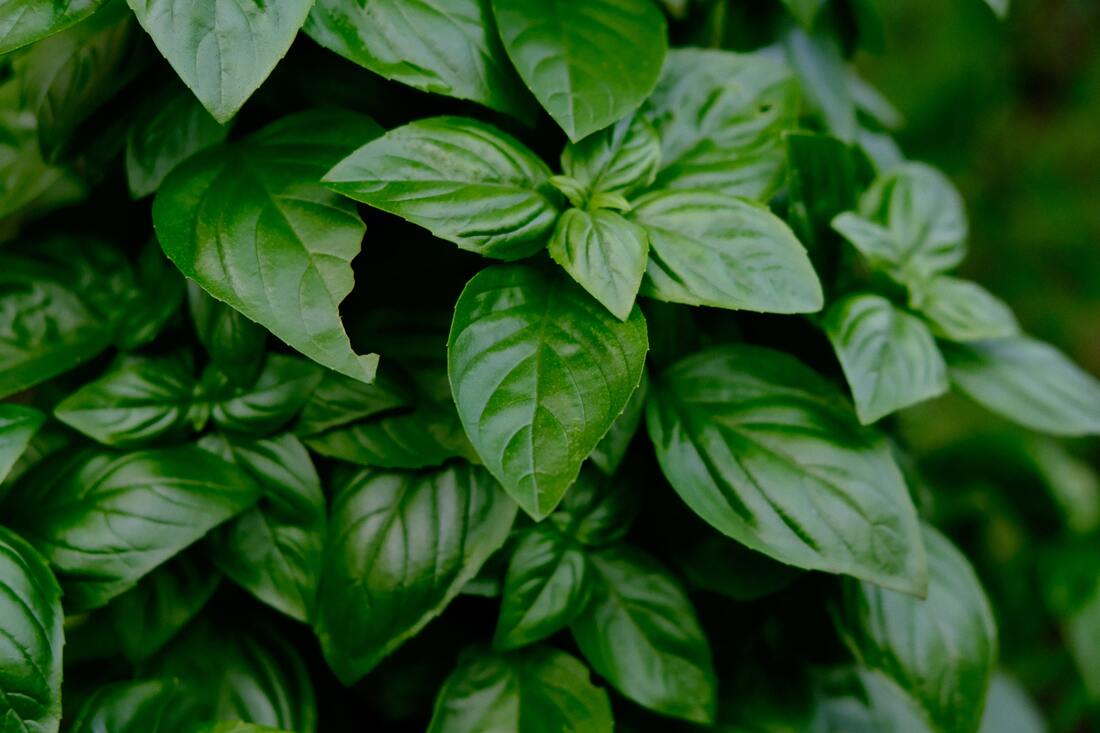
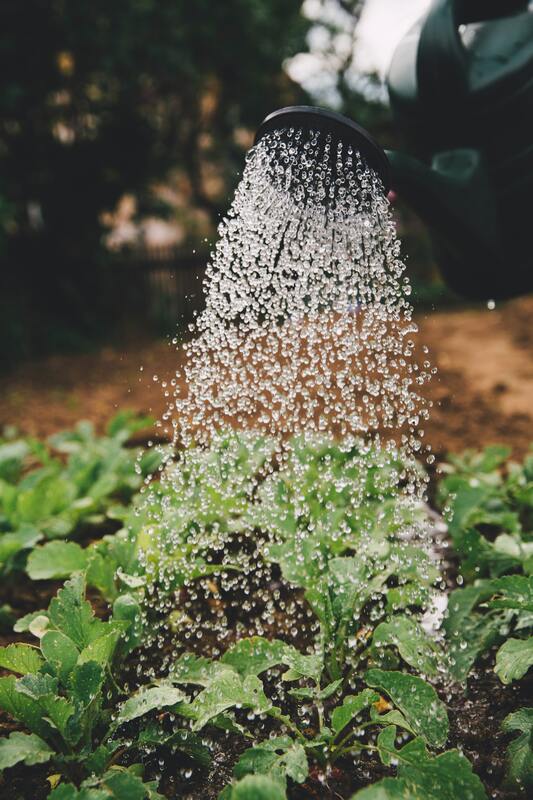
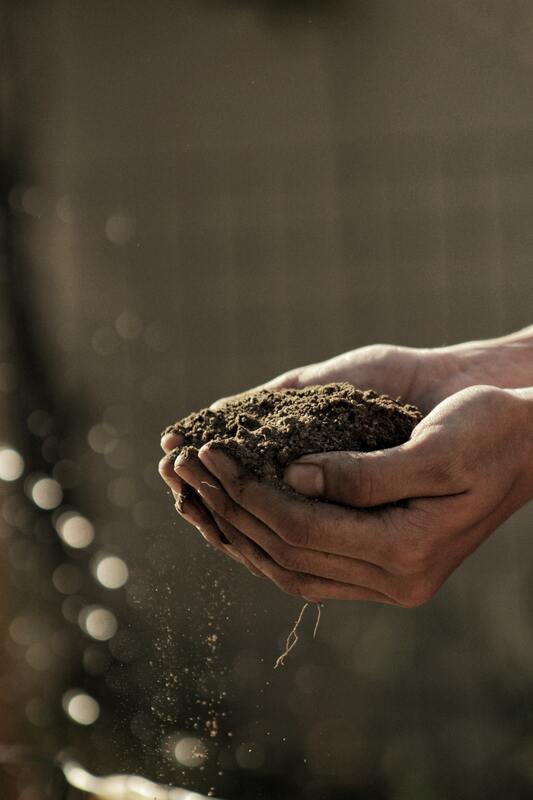
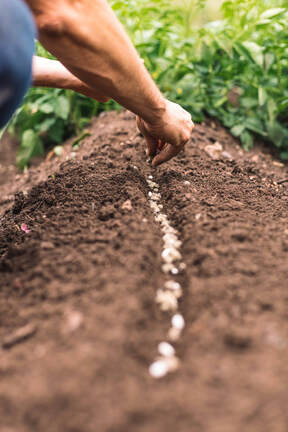
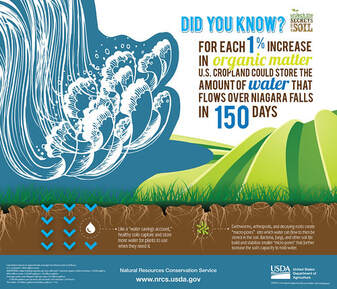

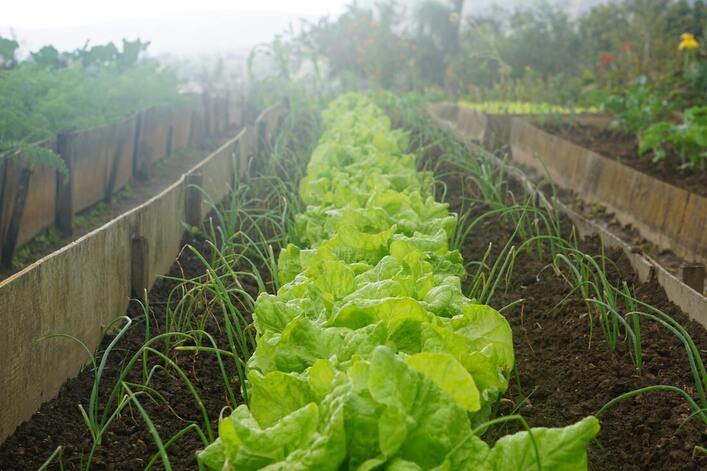

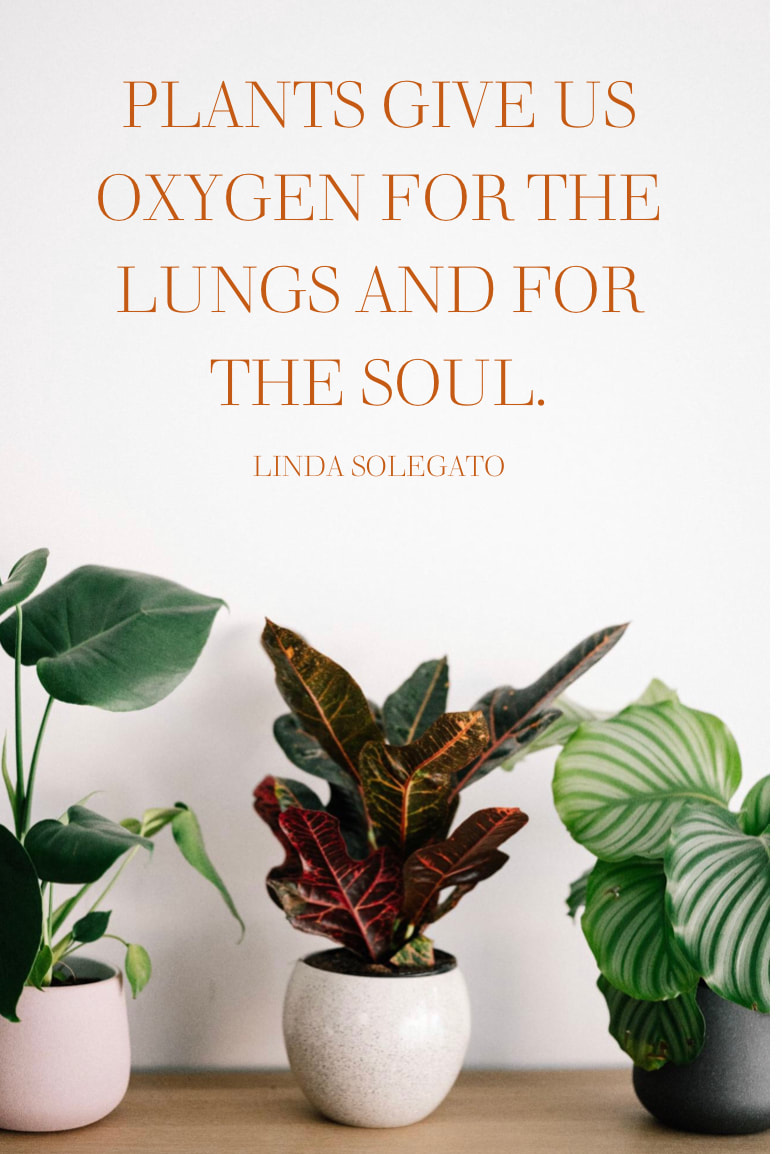
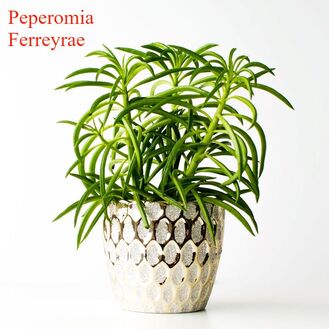
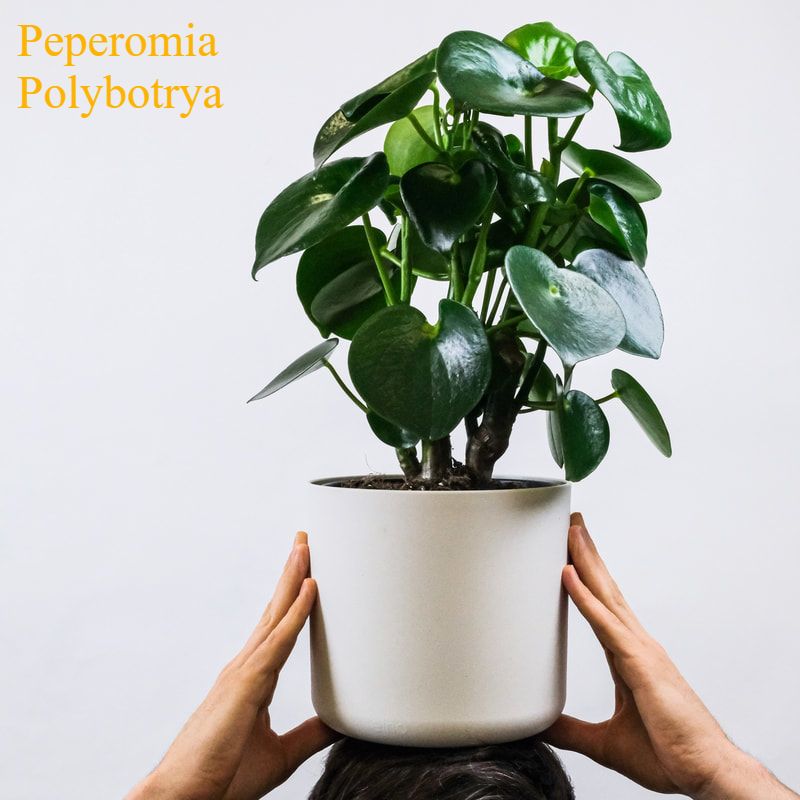

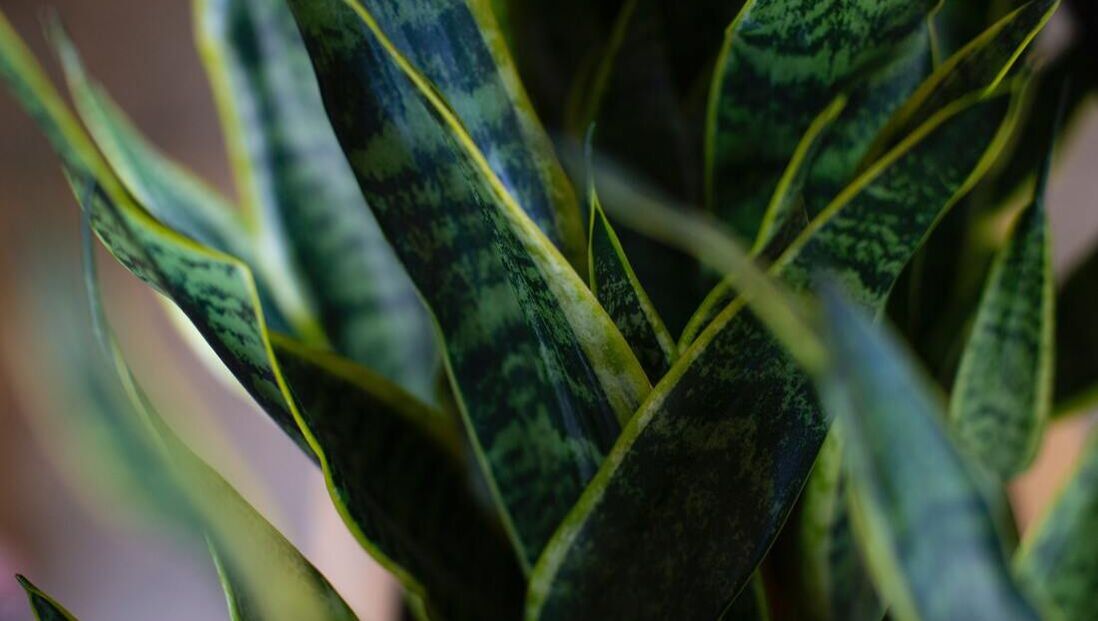
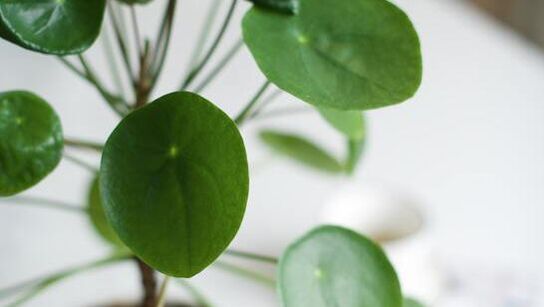
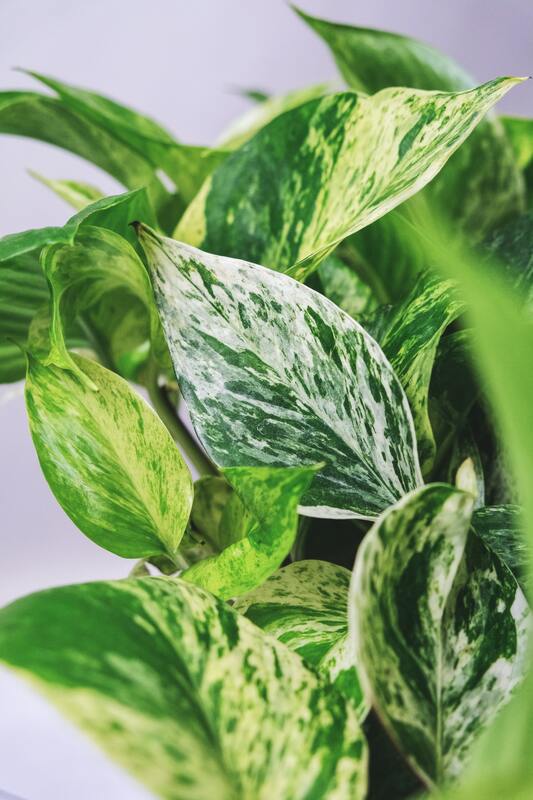
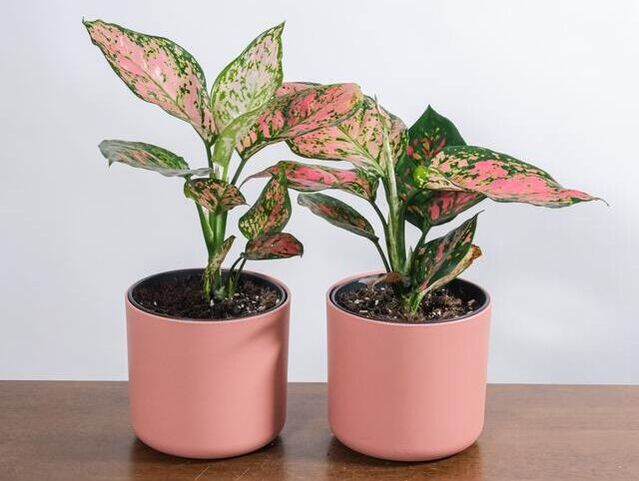
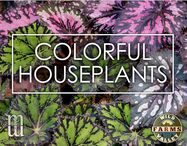
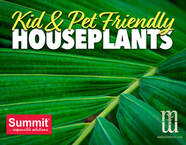
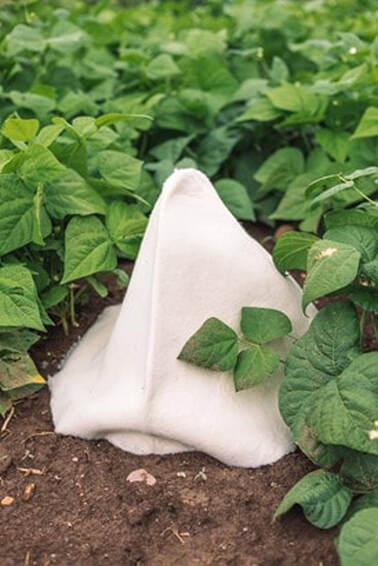
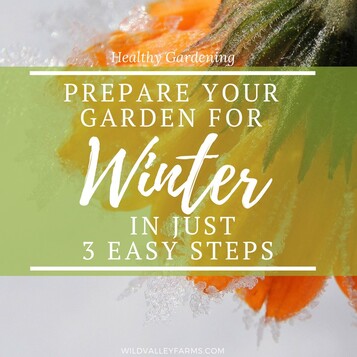
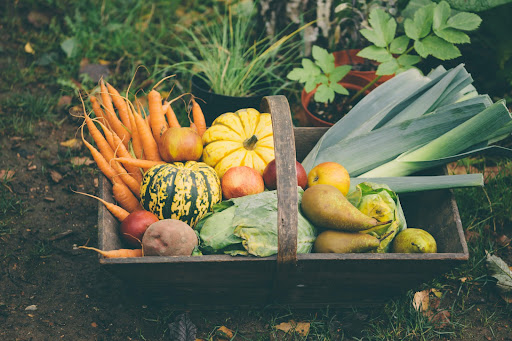
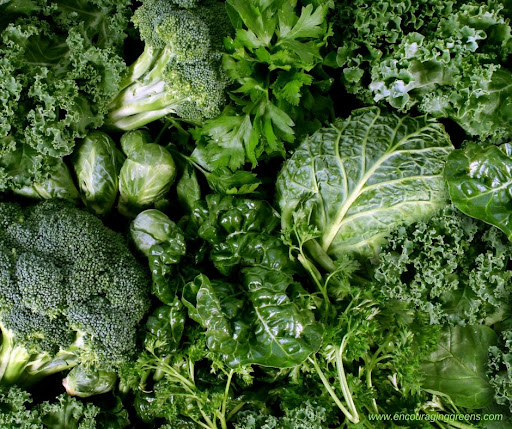
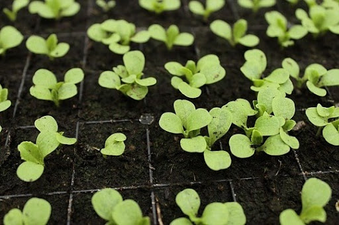
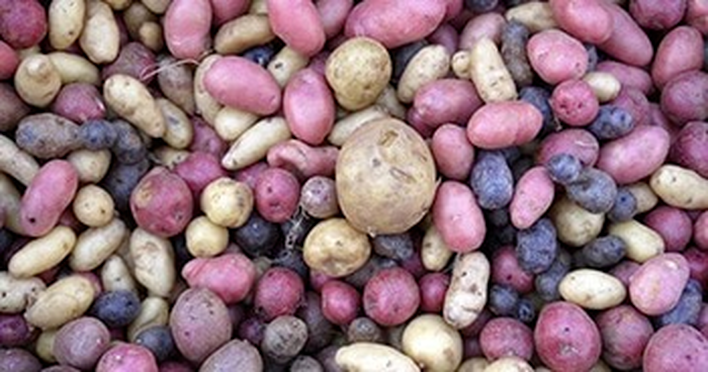
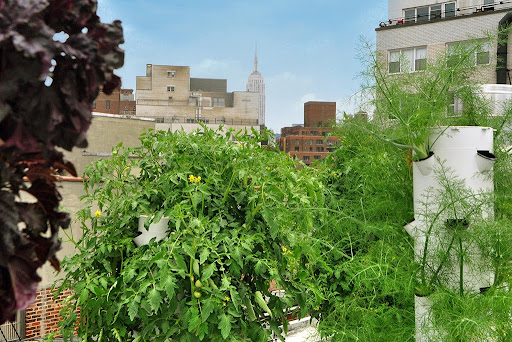
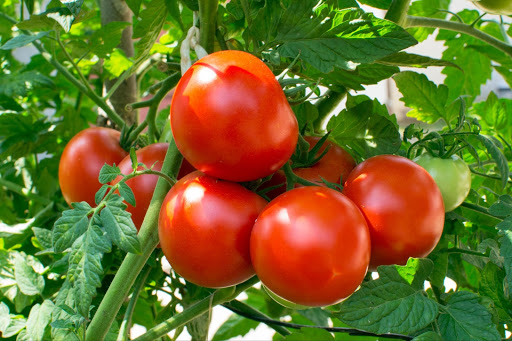
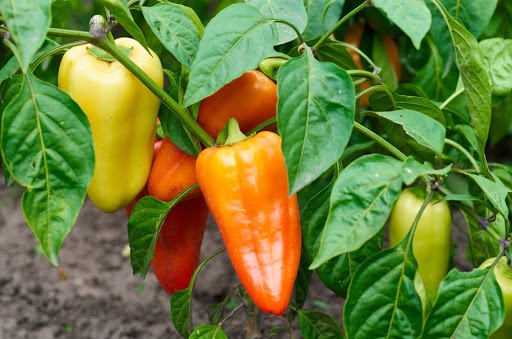
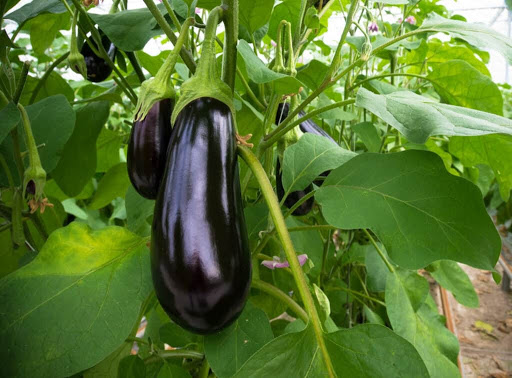
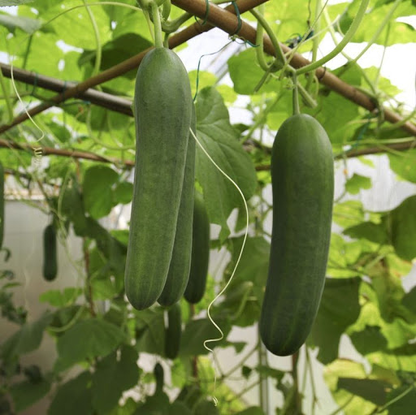
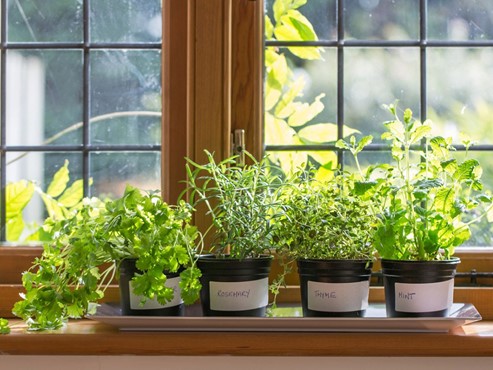

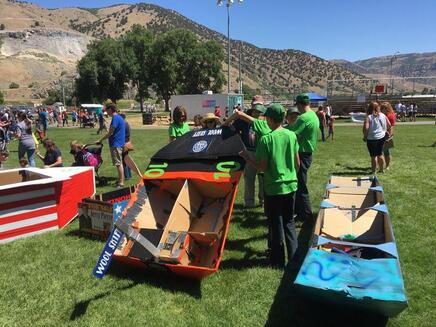


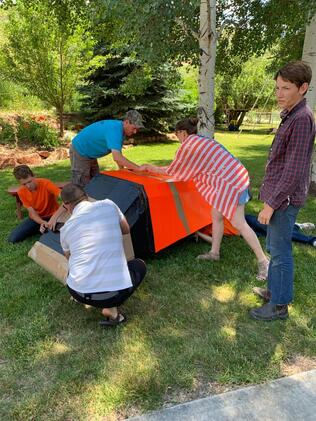
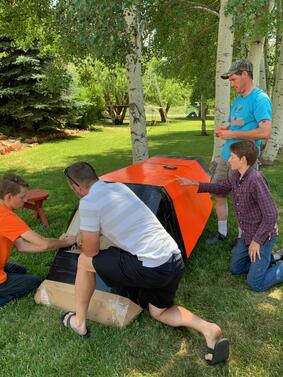

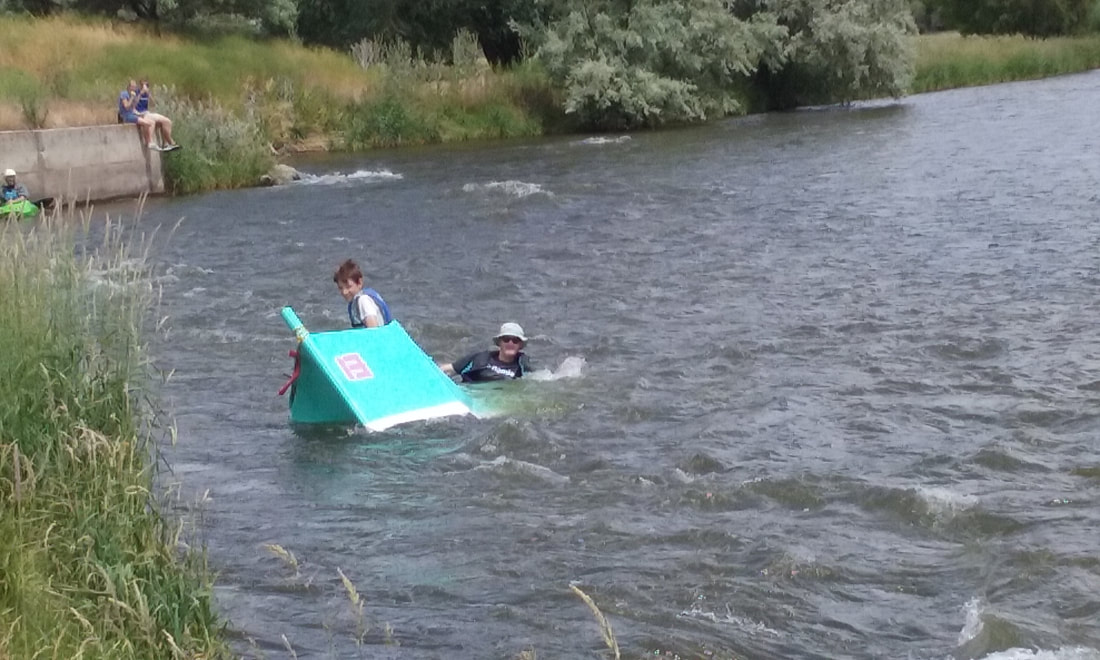
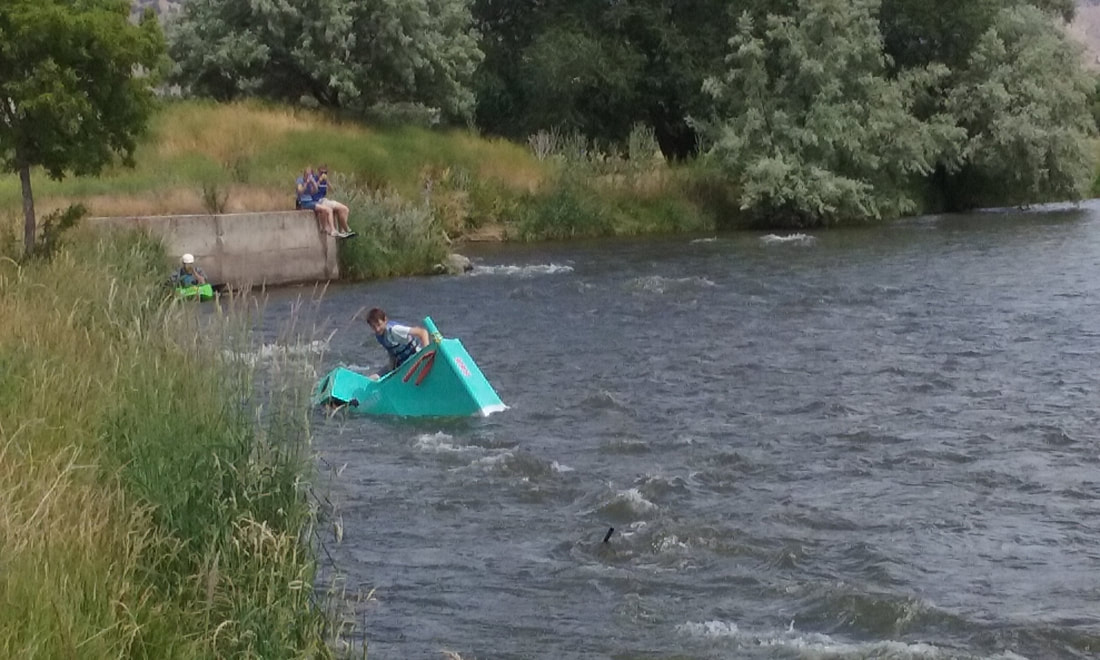

 RSS Feed
RSS Feed

